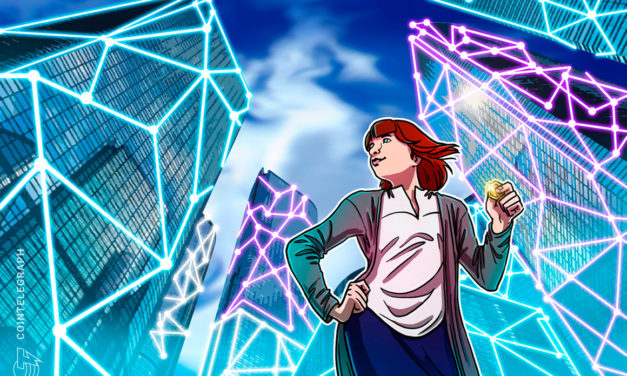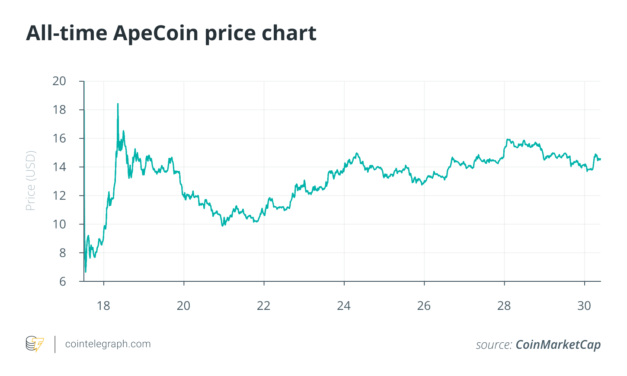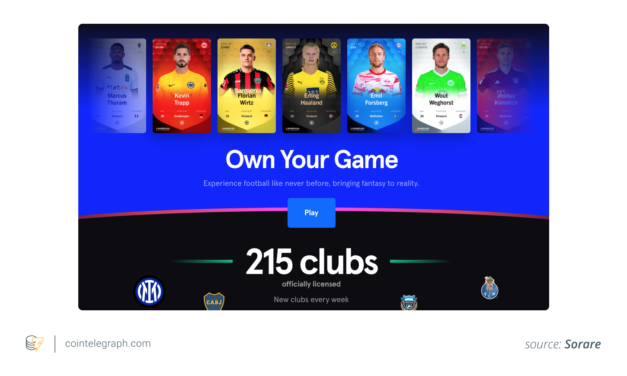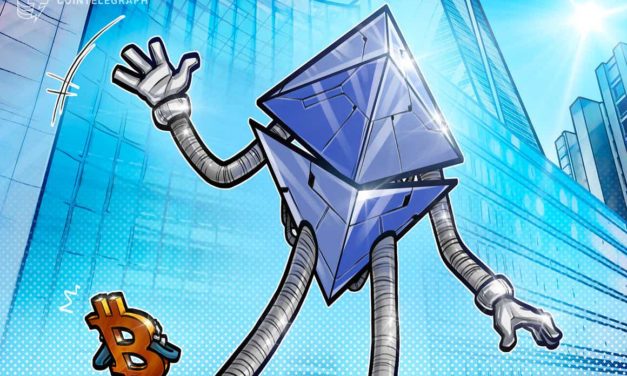Chainlink set to power Latin American real estate platform
The tokenization of global property markets has been an ambitious goal of the blockchain space, and decentralized finance (DeFi) could offer a novel solution for the sector to pick up the pace.Decentralized oracle network Chainlink is set to power a tokenized real estate platform serving the Latin American property market. LaProp will allow investors to buy tokenized shares in various real-world properties, which will yield a percentage of income from rental payments.LaProp will look to leverage Chainlink Keepers’ node operators’ track record in securing billions of dollars invested in DeFi markets. The decentralized automation service carries out tasks for smart contracts on the BNB Chain and, in this instance, will automate secure rental payouts to token holders. The platform intends to give retail investors the ability to gain exposure to real estate, which would otherwise be inaccessible due to a large amount of capital historically required to enter property markets. Chainlink’s ability to handle smart contract functions will see rental paid by tenants automatically distributed to multiple token holders of the given property. Payment terms and schedules can also be edited per property.The idea of tokenizing real estate ownership is not novel, but the promise of a tried-and-tested service to manage rental payments and property ownership has the potential to attract renewed investor interest.Dreams of blockchain-powered real-estate ownership were looking shaky almost a year ago, as a handful of tokenized real estate projects that laid the groundwork for this realization hit turbulence. This led to industry experts casting aspersions on the future integration of the sectors.While other industries have seen blockchain-powered platforms and services flourish, the tokenized real estate market is yet to boom, with just a handful of operating platforms that allow users to acquire ownership of the property through tokenized shares.Related: Weiss Ratings issues warning over crypto mortgage risksThe closest solution to LaProp’s Chainlink-powered platform is Web3 business solution Lofty AI. As Cointelegraph previously explored, Lofty AI gives users the ability to invest in listed properties and gain shared ownership. This provides access to governance decisions and a share of rental income — much like LaProp intends to provide.“Proptech” firm Propy grabbed headlines early in 2022 as its own token saw significant gains. The firm facilitated the first sale of a property nonfungible token (NFT) in the United States for 210 Ether (ETH), powering the first-ever property NFT auction. It saw TechCrunch founder Michael Arrington’s apartment in Ukraine’s capital of Kyiv sold.Other projects have focused on helping prospective property investors gain access to finance through their cryptocurrency holdings. In January 2022, fintech startup Milo launched a service that gives users access to 30-year mortgages by leveraging Bitcoin as collateral against the loan.
Čítaj viac





